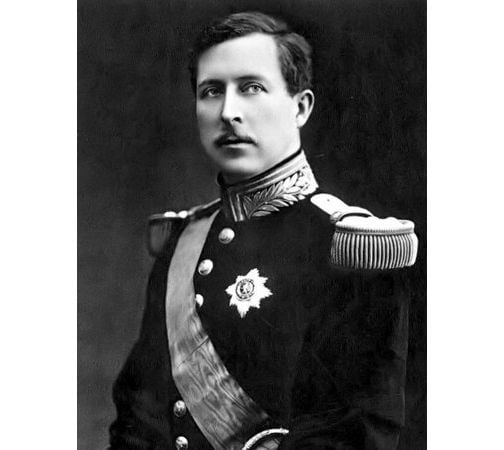Bloody Leaves Help Solve 82-Year-Old Royal Mystery
King Albert’s untimely death sparked a range of conspiracy theories about the cause
/https://tf-cmsv2-smithsonianmag-media.s3.amazonaws.com/filer/90/8b/908b85fb-034f-4353-b81d-c5b1afc09ef2/leaves.jpg)
When 58-year-old King Albert I of Belgium died while rock climbing in 1934, it turned into the Princess Diana scandal of its day. Soon after his lifeless body was found hanging from a rope in the crags at Marche-les-Dames on February 17, the conspiracy theories went wild, reports Shayla Love at The Washington Post.
Some suggested that Albert I was murdered because of his opposition to war or during a crime of passion. Many said he was killed elsewhere and his body was transported to the cliffs to make it look like an accident.
But new DNA evidence may end the controversy that has surrounded the royal's death for 82 years, thanks, in part, to the looky-loos who collected rocks, branches and leaves from the scene of the accident—a handful of which were reportedly soiled with royal blood spatters.
Reinout Goddyn, a journalist and correspondent for the Belgian television show Royalty, decided to check out the story. He bought two sets of leaves collected at the scene. A 2014 examination confirmed that there was indeed human blood staining the leaves.
But determining whether it was Albert’s was a more difficult matter. Goddyn enlisted the help of forensic geneticist Maarten Larmuseau. He and his colleagues at the University of Leuven tracked down two of Albert’s living relatives, Simeon Saxe-Coburg-Gotha, former prime minister of Bulgaria, and German baroness Anna Maria Freifrau von Haxthausen, both of whom provided DNA. After analyzing all three samples, Larmuseau concluded the blood on the leaves was indeed from Albert I.

“The authenticity of the trails of blood confirms the official account of the death of Albert I. The story that the dead body of the king has never been in Marche-les-Dames or was only placed there at night has now become very improbable,” Larmuseau says in a press release. “Furthermore, the results show that conducting a perfect legal investigation at the time was impossible right from the start, because souvenir hunters had disturbed the scene.”
Even an extensive investigation at the time probably would not have dug up any foul play. Former British colonel Graham Seton Hutchison argued that Albert was killed because of his efforts to maintain peace in Belgium during World War I.
“The biggest piece of spoof put over on the world in the past six months was the story of Albert’s death,” Hutchinson said in a New York Times article from May, 1934, as Love reports. “A man with a rope around his waist does not go climbing by himself. There were no bruises on the body. In other words, he was rapped on the back of the head.”
But it was not unusual for the King to spend time alone in the mountains. In fact, Albert was an accomplished alpinist, and there still remains an award for mountain climbing named after him. According to the King Albert I Memorial Foundation, he was the first to climb many difficult routes in the Dolomites, the Wilder Kaiser range in Austria and Bregaglia Range in Switzerland. This latest evidence backs up the idea that the severely far-sighted King likely slipped while enjoying his favorite pastime and hit his head.